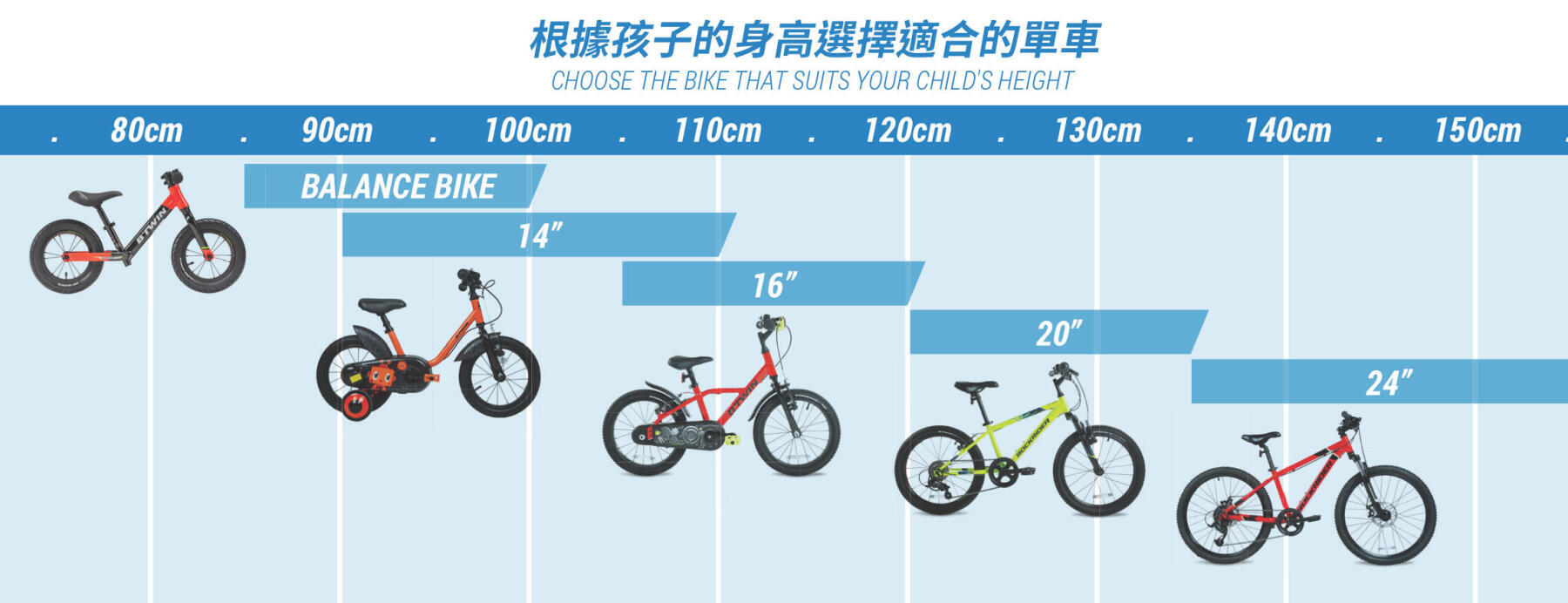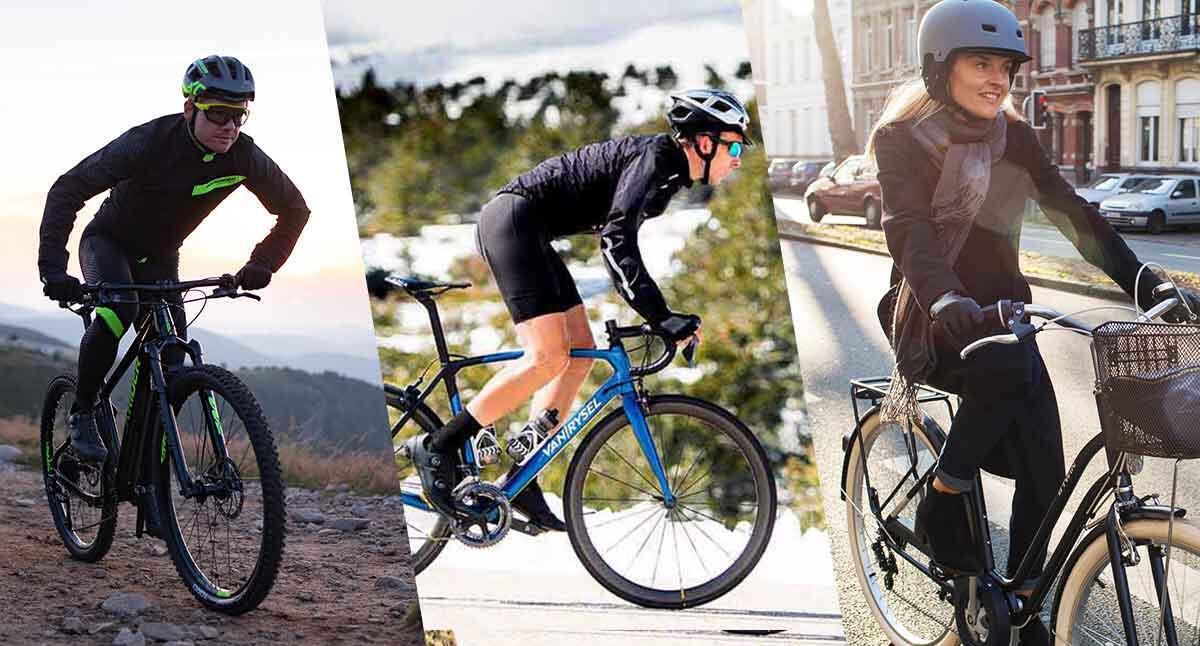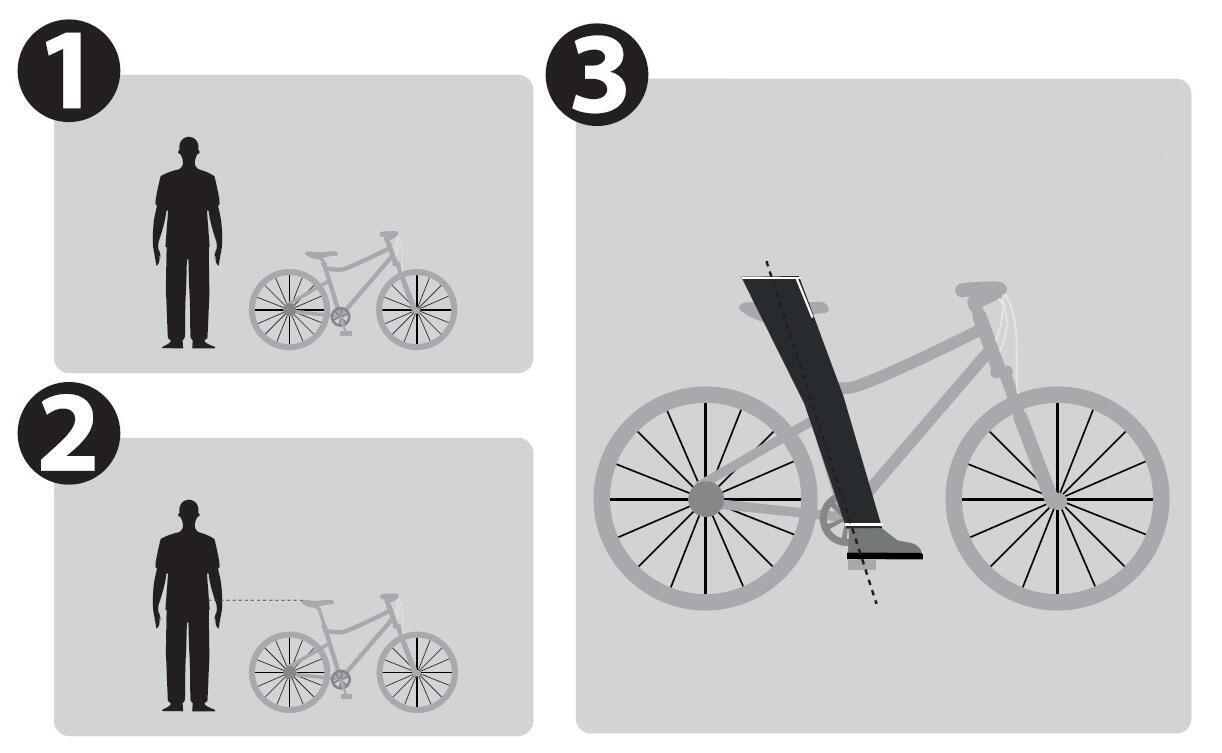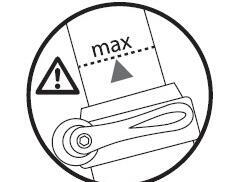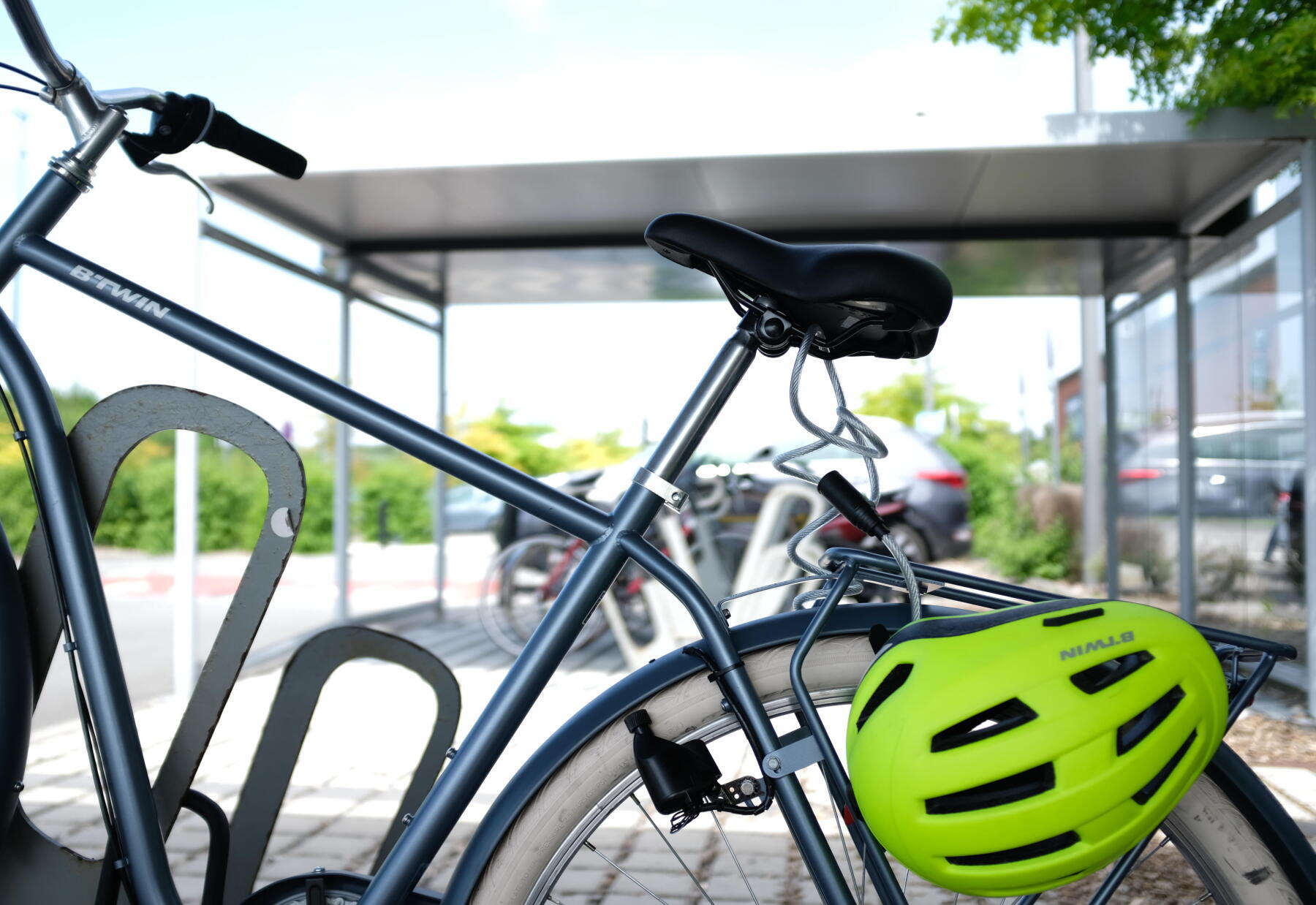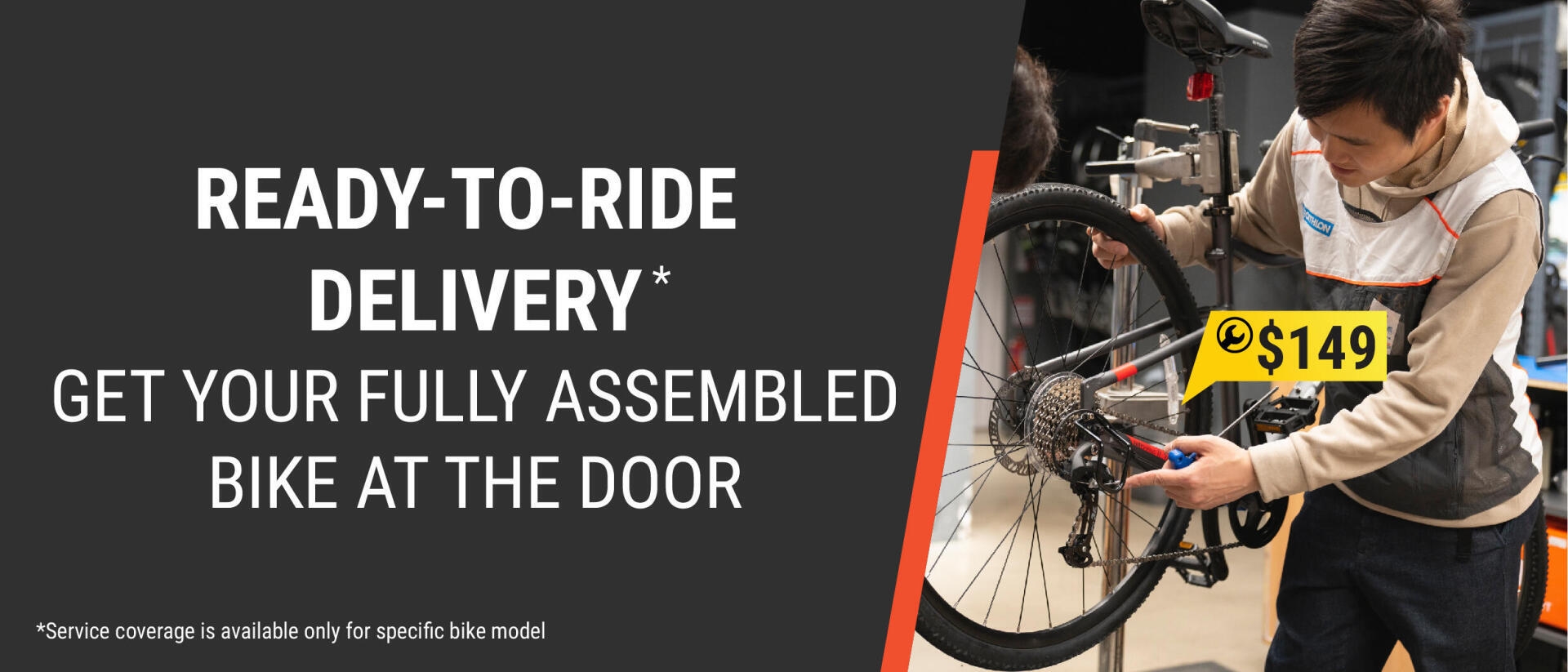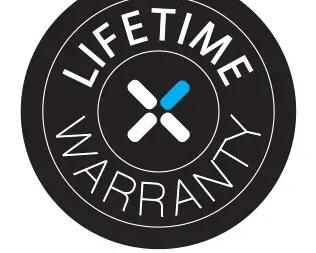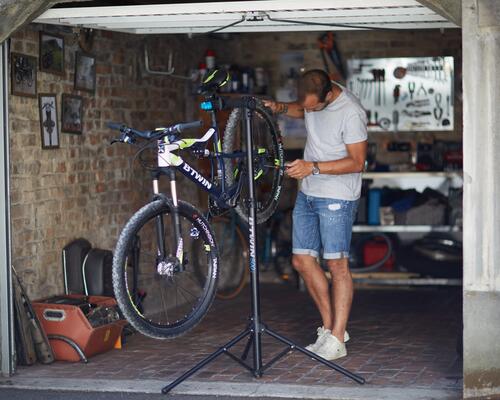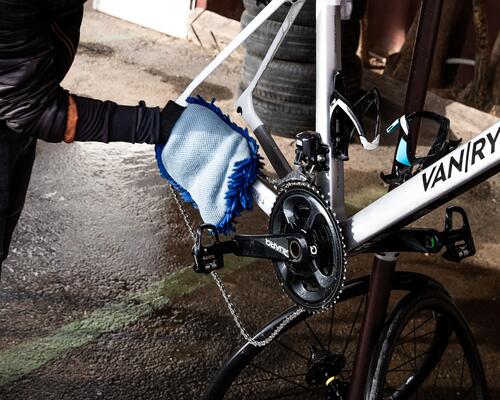How to remove your front wheel?
1. Release the brakes:
- If your bike has rim brakes, you will need to release the cable tension before removing the wheel. There should be a lever on one side of the caliper, which will release the cable tension
and ensure that the brake pads are far enough from the rim for your tyre to slide past them.
2. Turn your bike upside down:
- Turning your bike upside down will make it easier to remove the wheel and prevent your bike from falling over after the wheel has been removed.
3. Open the quick release:
- If your bike has a quick release, flip the lever into the open position.
4. Lift the wheel out of the fork:
- If your bike has rim brakes, make sure you do not dislodge the calipers, and be careful with the rotor if you have disc brakes.
How to reinstall your front wheel?
1. Place your wheel back into the front fork:
- If you have rim brakes, be careful not to dislodge the calipers when reinstalling the wheel.
- If you have disc brakes, place the rotor in between the brake pads.
2. Tighten the axle:
- If you have a quick release axle, place the rim of the wheel completely into the dropouts. Holding the lever in place, tighten the nut on the other side and push the lever into the closed
position. The quick release axle is open when in the left-hand position.
3. Turn your bike upside down:
- If you have rim brakes, make sure your brake cable is reconnected properly.
4. Spin the wheel:
- This makes sure that your brake pads are not rubbing the rim or the rotor. If the wheel does not spin, the wheel or braking system could be bent. In this case, turn your bike back over, loosen the axle, push down on the wheel and tighten the axle again.

